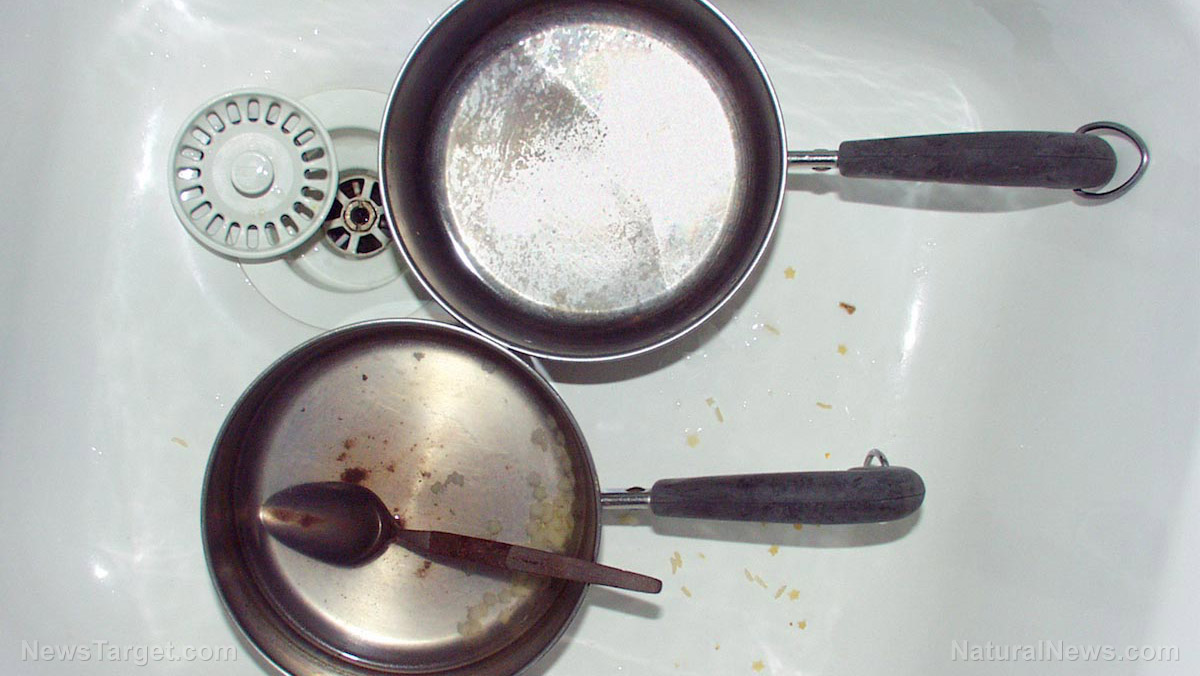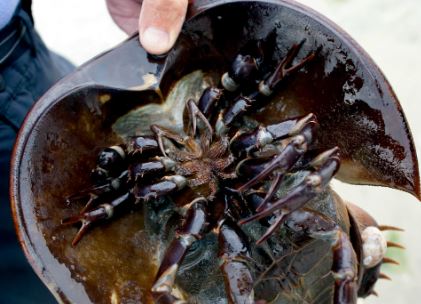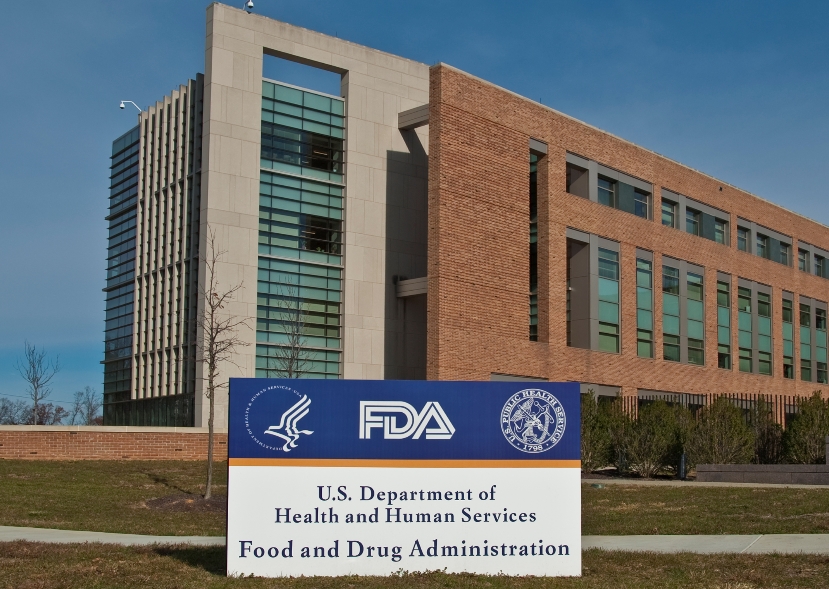
Researchers from the University of East Anglia said that sink plugholes and bath drains house a concoction of deadly bacteria, "many of which are opportunistic pathogens and present threats to patients and house owners.
"There is a distinct lack of recent experiments focused on this microbial reservoir making future research into them paramount," the researchers added.
The accumulation of hair, soap, and dead skin in the shower drain create harmful biofilms, a collection of one or more types of microscopic organisms including bacteria, fungi, diatoms and algae, that mostly stick to wet surfaces. In the bathroom, the drain can house a species of fungus called Fusarium solani, which can lead to permanent vision damage. The toilet also houses various bacteria that linger on the surfaces even after flushing.
In the kitchen, the plug accumulates parts of raw food washed in the sink, such as chicken, that may have been infected with salmonella, or ground beef contaminated with Escherichia coli (E. coli). The bacteria can seep out the sink plug and will target weak immune systems.
Authors of the study noted that "these pathogens can easily... accumulate and proliferate within the kitchen sink drain."
Another type of bacteria found in water pipes is the Enterobacter cloacae, exposure to which can lead to urinary tract infection.
Bathroom boarders
The bathroom is one of the dirtiest places in the house, and it's no wonder – all the germs and dirt and sweat of the day get washed off in it. Here are other parts of the bathroom where most bacteria tend to reside:
- Shower and tub – If not cleaned properly, the soap scum, hair products and all other substances we use for washing can be home to Mycobacterium avium, a pathogen linked to pulmonary disease. It's best to keep your shower and tub dry after using them and leave a window open to let the air circulate.
- Tiles and walls – Biofilms often hang out in your tiles and walls, especially the ones in the shower area, where all the dirt and dead skin get sloughed off. Use scrubbing pads and brushes to remove these deposits. An old toothbrush can do the trick as well.
- Fiber glass doors – Like the walls and tiles, bathroom doors trap germs that have been sloughed off your body. These can stay there, if left uncleaned. Foggy glass doors can be cleaned with white vinegar or baking soda, but use non-abrasive materials for glass doors to avoid leaving scratches on the surface.
- Hand towels – These are usually shared with the rest of your family, and are often left damp, which is the perfect environment for bacteria. (Related: Bathroom hand dryers aerosolize dangerous germs at 2,700% higher rate than using paper towels, study claims.)
- Ventilation fan – This absorbs most of the airborne bacteria in the bathroom – which can remain sitting on its blades and vent – as it replaces the soiled air with fresh air. Use paintbrush and a small vacuum to clean the blades without damaging them.
Read more about scientific research at Research.news.
Sources include:
Please contact us for more information.























